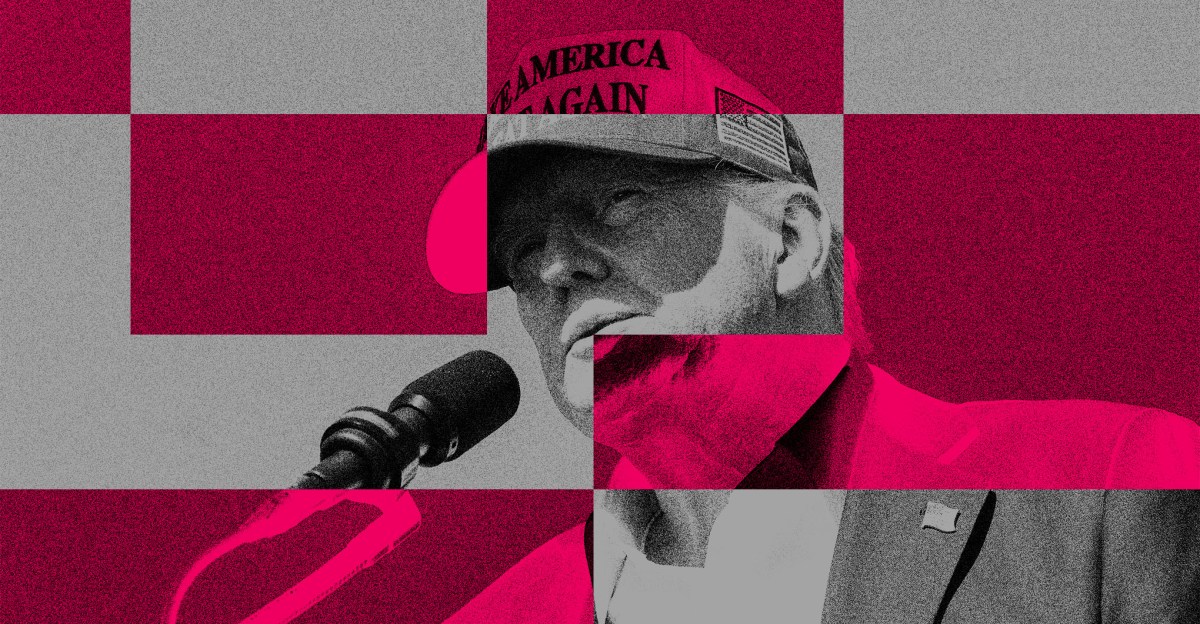The Trump administration reportedly fired the head of the US Copyright Office after its preliminary report questioning whether training AI on copyrighted material is fair use. This decision sparked significant discussions regarding the intersection of technology and copyright law. As artificial intelligence continues to advance, the debate around copyright and AI training has become increasingly important.
AI technologies often require vast amounts of data to learn and improve. This data can include copyrighted works such as books, music, and images. Many developers believe that using this material for training AI can be categorized as fair use. Fair use is a legal doctrine that allows limited use of copyrighted material without seeking permission from the rights holders. However, the preliminary report from the Copyright Office raised concerns about this interpretation.
One key issue centers around the purpose of using copyrighted material in AI training. Proponents assert that AI training contributes to technological advancement and societal benefits. For instance, AI can enhance productivity, create innovative solutions, and drive economic growth. However, critics argue that training AI on copyrighted works without permission undermines the rights of creators and copyright holders. They contend that artists, authors, and musicians should have control over how their work is used, even in the context of AI training.
The firing of the head of the US Copyright Office illustrates the tensions within the Trump administration regarding copyright enforcement in the digital age. This decision not only affects the leadership of the Copyright Office but also signals a potential shift in how copyright laws may be interpreted and enforced going forward.
The debate surrounding AI and copyright is not just confined to the United States. It resonates globally as countries grapple with the implications of AI technology on existing copyright frameworks. In Europe, for instance, politicians and industry leaders are also debating the boundaries of fair use in the context of AI. The results of these debates could lead to significant changes in copyright laws around the world, especially as AI continues to evolve and become more pervasive in various sectors.
Moreover, the implications of the decision are far-reaching. If AI developers can freely train their models using copyrighted materials, this could lead to a flood of new AI applications. On the flip side, it could also prompt creators to rethink how they share and monetize their work. Many artists might become more protective of their intellectual property, fearing that their work will be used without compensation.
The role of technology companies in this discussion cannot be overlooked. Major tech firms like Google, Microsoft, and Amazon have invested heavily in AI research and development. Their interests often align with broader interpretations of fair use, as having access to a diverse range of training materials is crucial for improving AI models. However, these companies also face backlash from content creators who feel that their work is being exploited for profit without adequate compensation.
In light of the complexities surrounding this issue, policymakers need to engage in meaningful discussions to create a balanced framework. Striking the right balance between promoting innovation and protecting the rights of creators is essential. Reforms in copyright law should consider the needs of both AI developers and content creators, ensuring that both parties can benefit from advancements in technology.
The conversation on AI and copyright is dynamic and evolving. As lawmakers and industry leaders navigate these waters, public input can play a crucial role. Engaging audiences in discussions about how their favorite songs, books, or films might be used in AI technology can help raise awareness about the implications of these practices.
Education on copyright needs to be prioritized, especially as it pertains to technology’s role in our lives. Understanding the nuances of fair use and intellectual property rights is vital for both creators and consumers. Workshops, online courses, and informational campaigns can help demystify these concepts and empower individuals to make informed decisions about their own work and the work of others.
In conclusion, the Trump administration reportedly fired the head of the US Copyright Office after its preliminary report questioning whether training AI on copyrighted material is fair use. This decision has ignited a crucial debate about the balance between innovation and copyright protection. The future of copyright law will need to evolve to address the challenges posed by new technologies, ensuring that both creators and developers can thrive in an increasingly digital world. As discussions continue, all stakeholders must remain engaged and proactive in shaping the future of copyright and AI.




